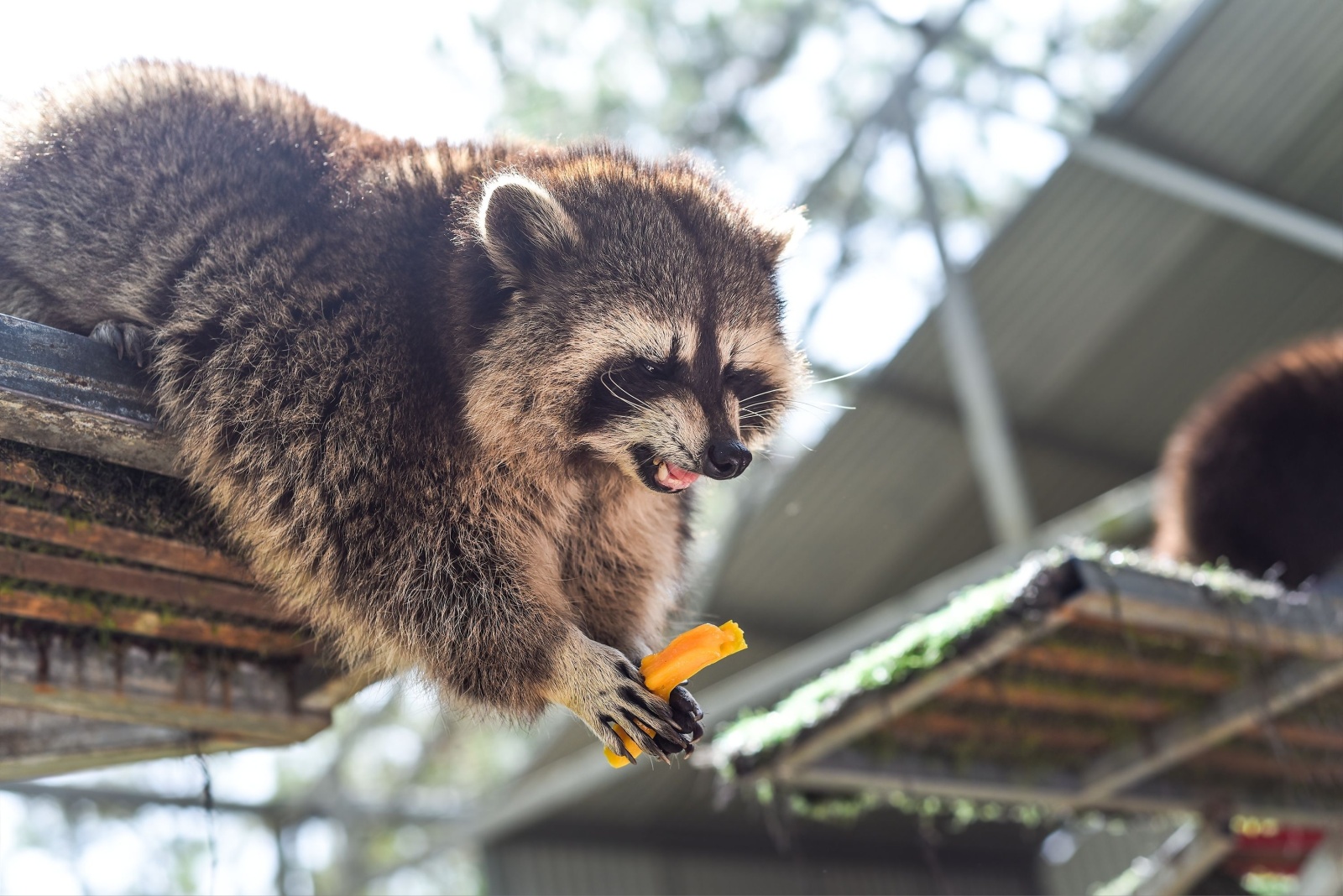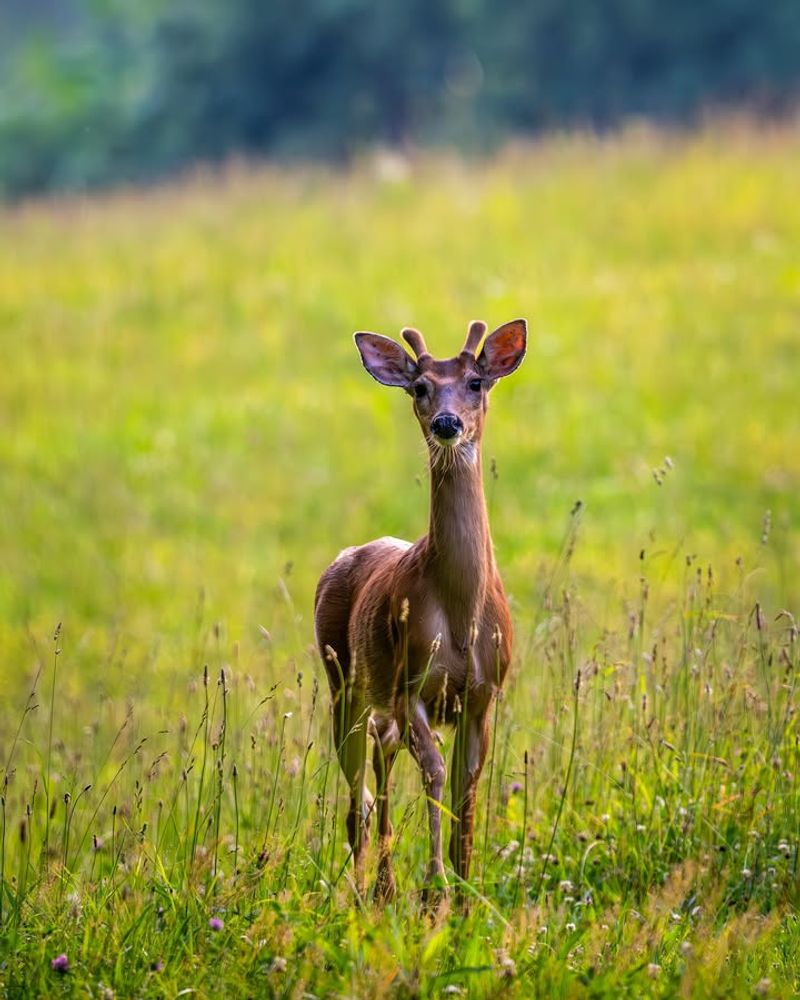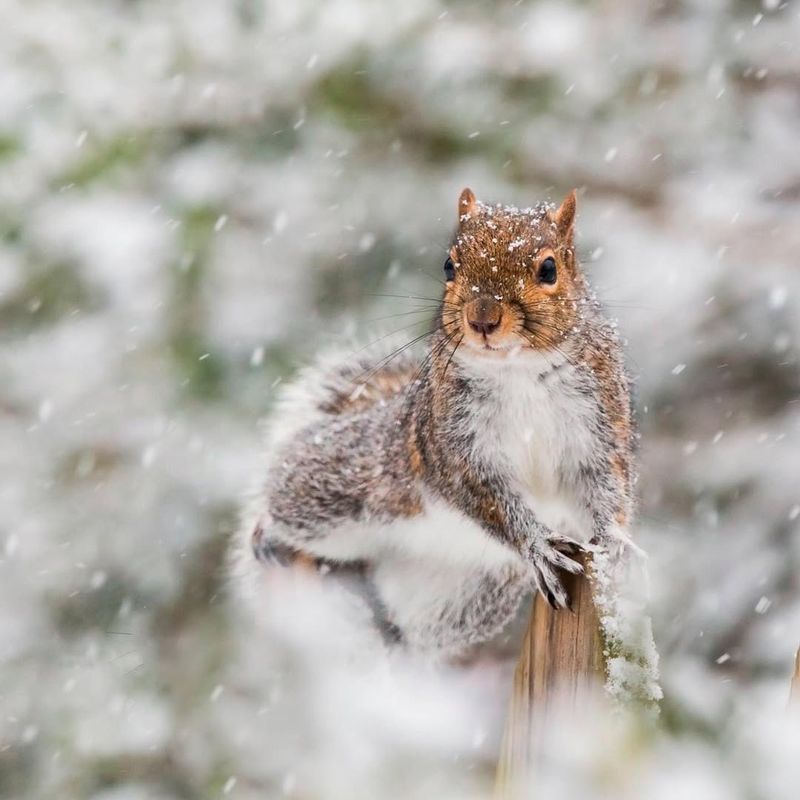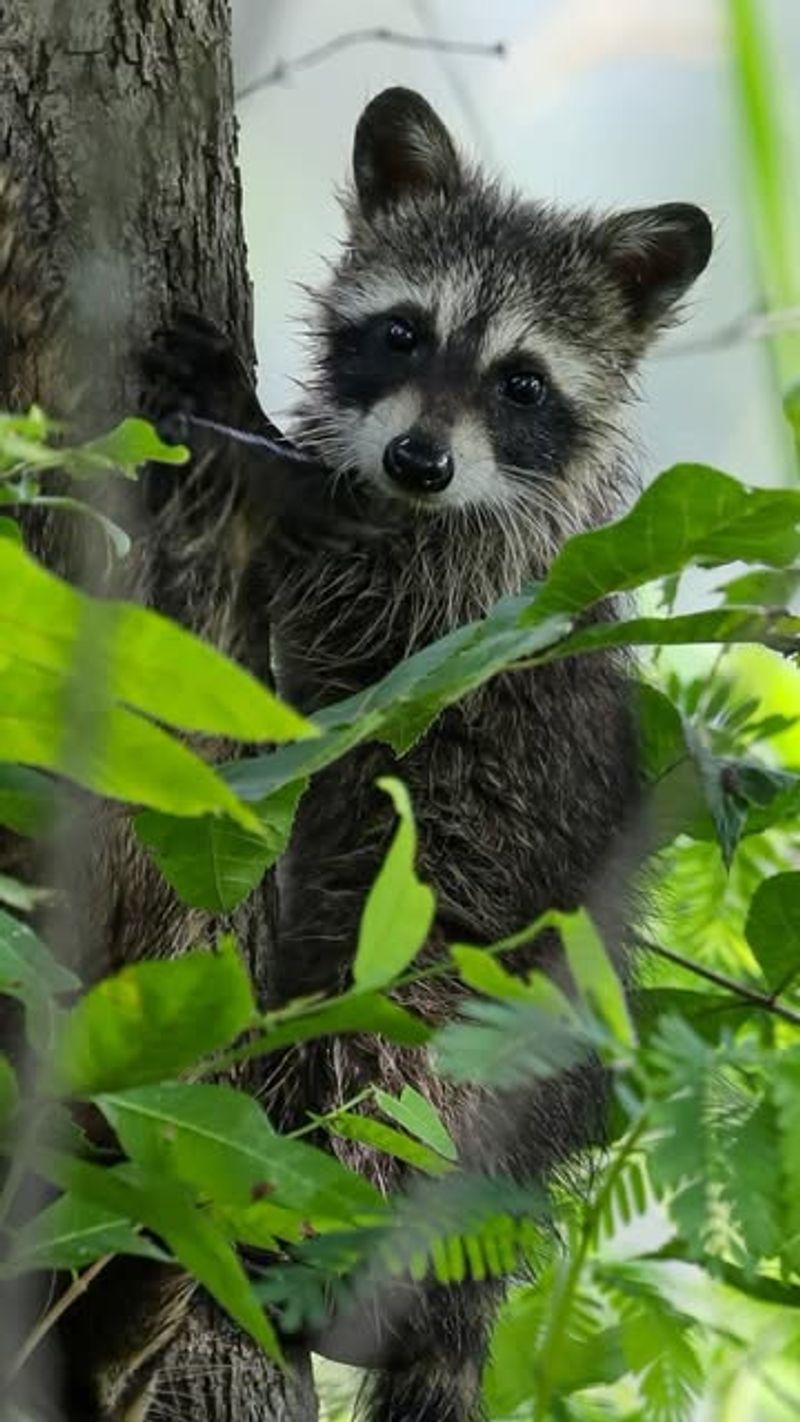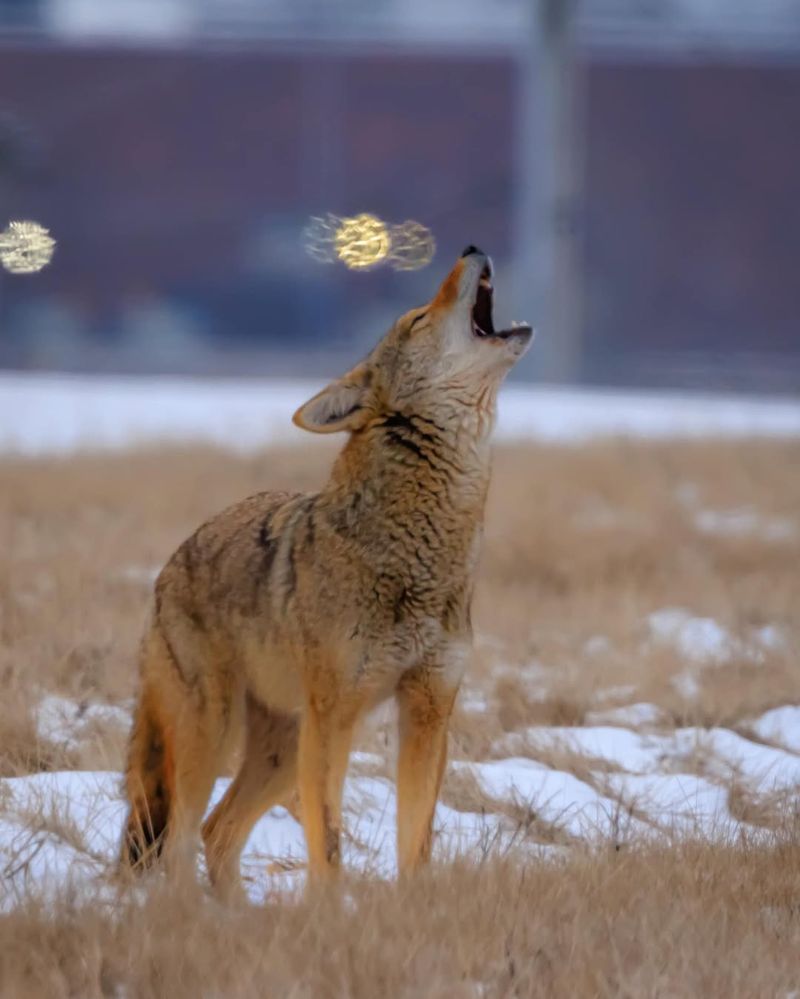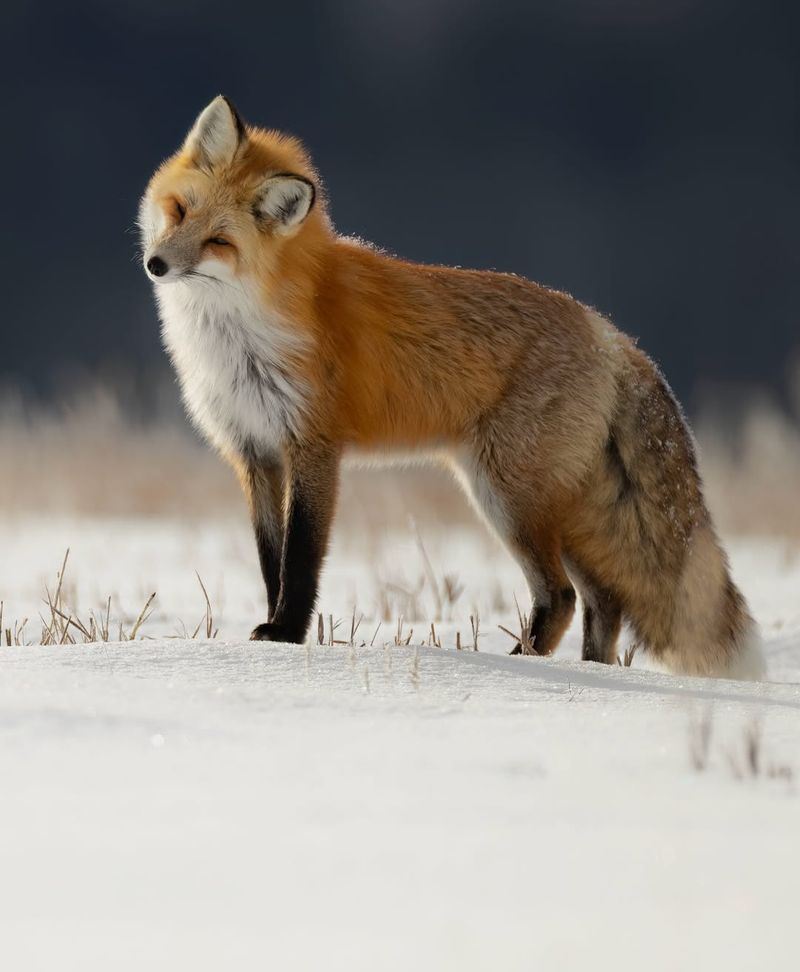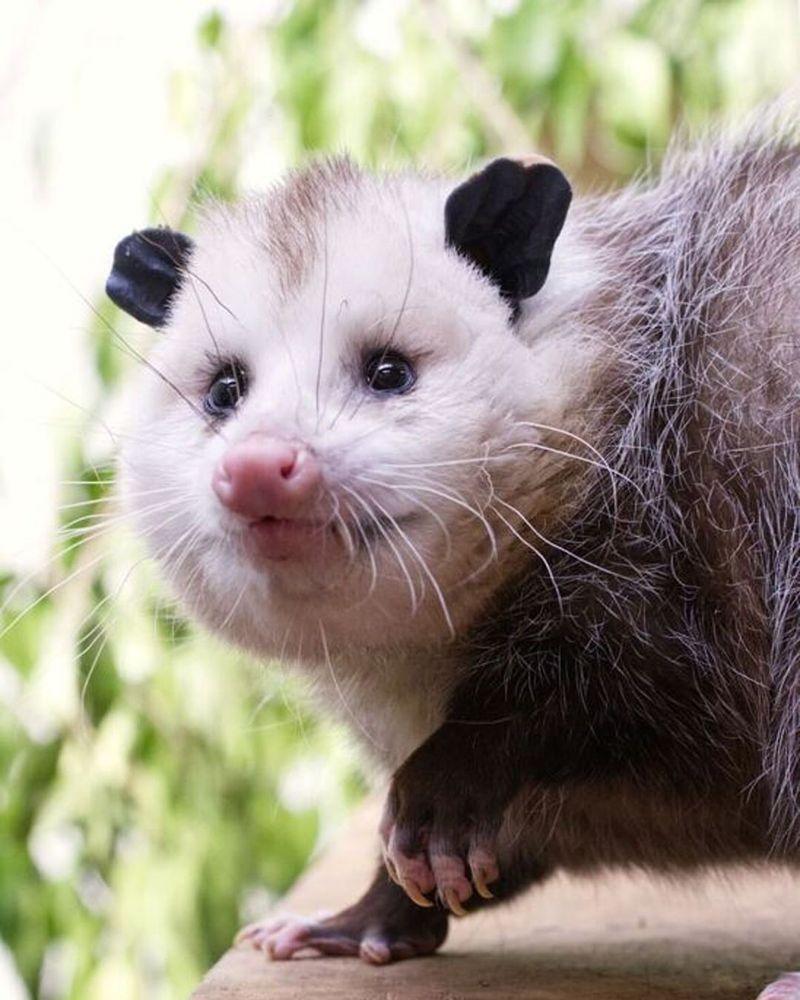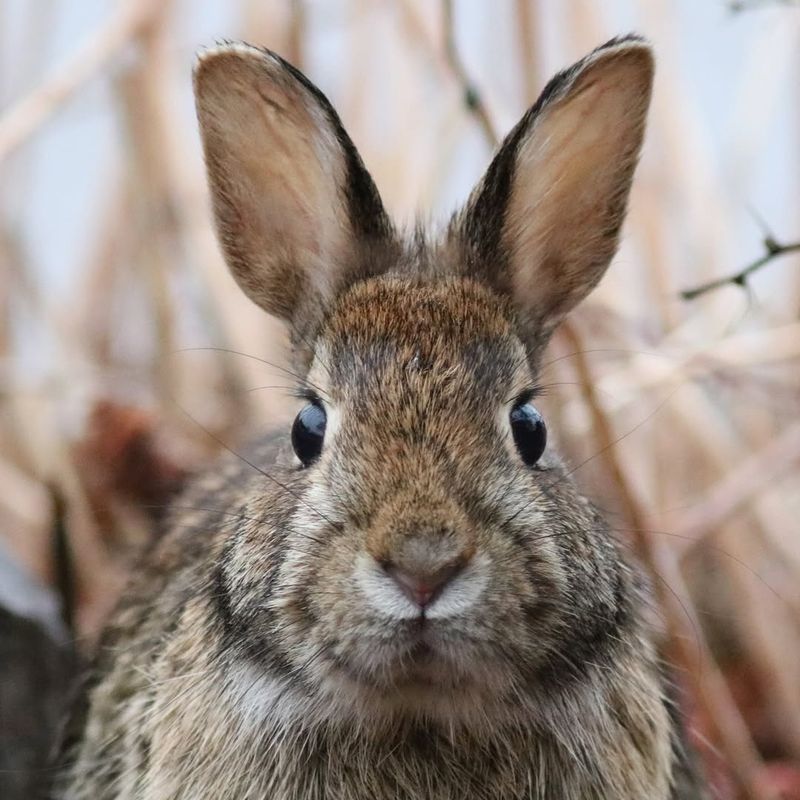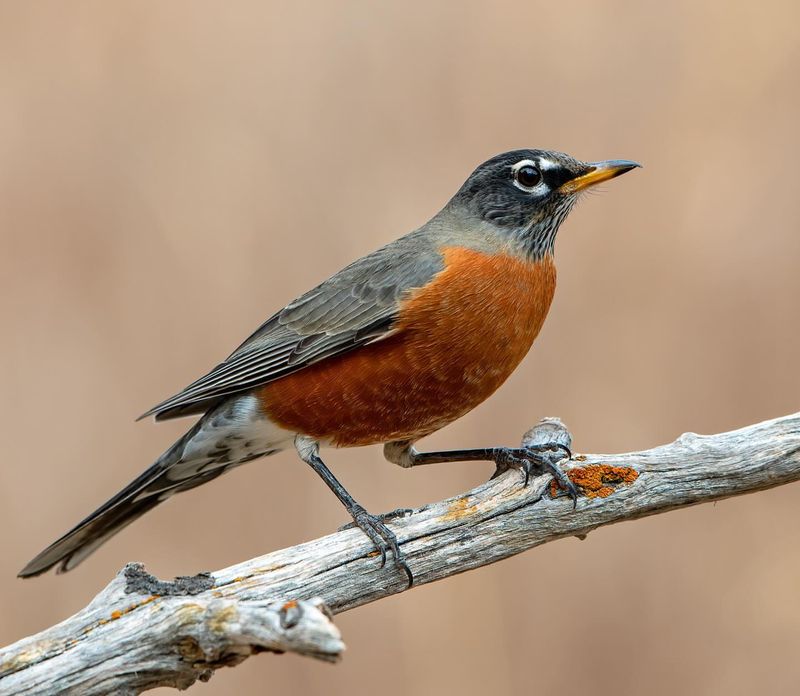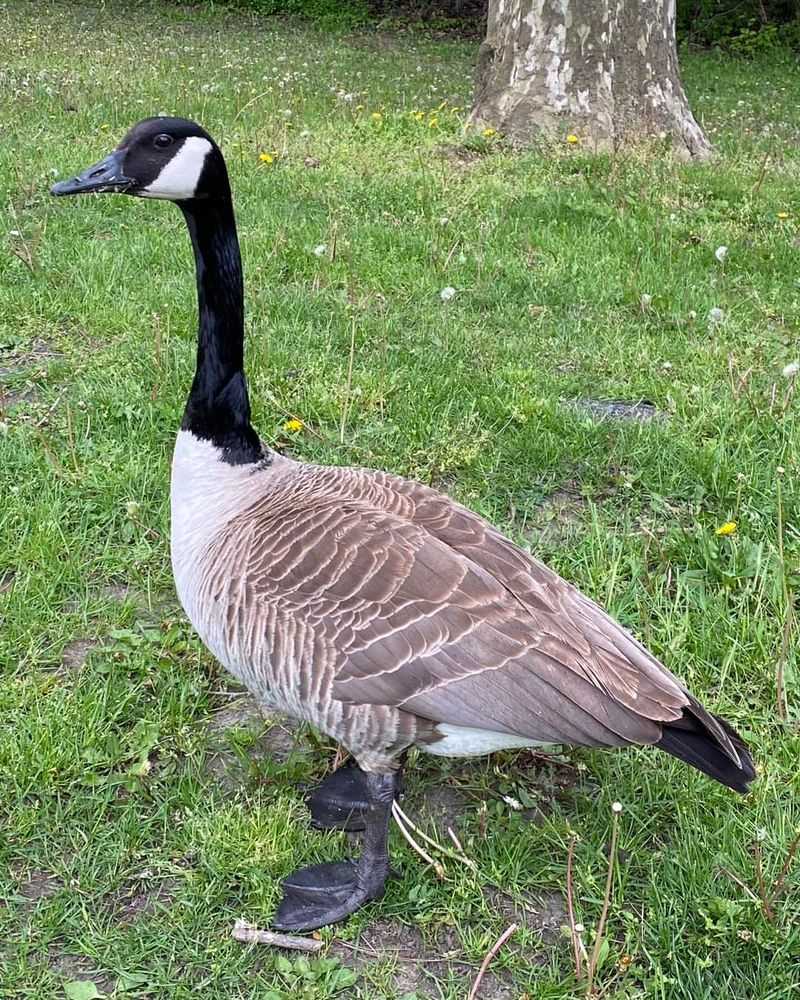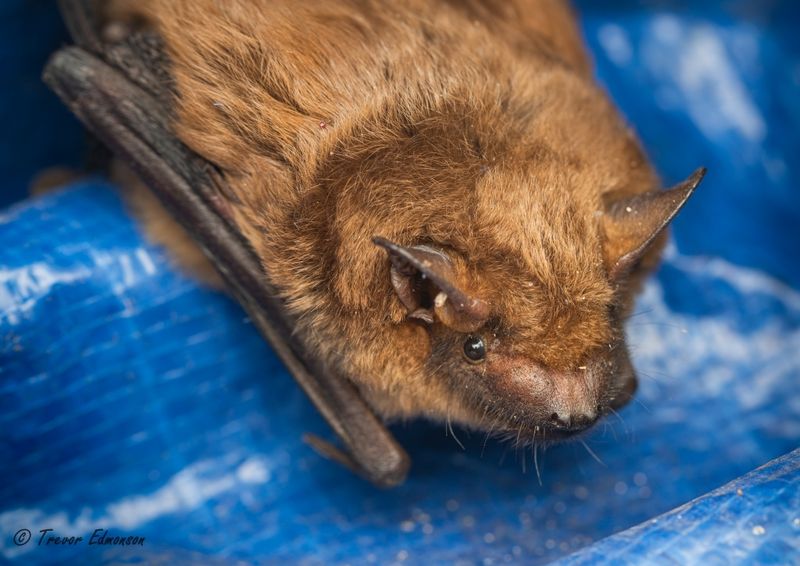Indiana’s cities are buzzing with more than just people and cars. From Indianapolis to Fort Wayne, wild creatures have adapted remarkably well to urban life, making neighborhoods their new hunting grounds and backyard trees their homes.
You might be surprised to learn that coyotes prowl through parks at dusk or that red foxes den beneath suburban sheds. Understanding which animals share your space helps you coexist peacefully while appreciating the incredible wildlife thriving right outside your door.
1. White-Tailed Deer
Spotting a deer munching on your hostas at dawn has become surprisingly common across Indiana neighborhoods. These graceful herbivores have found suburban areas offer plenty of food and fewer natural predators than rural forests.
White-tailed deer populations have exploded in cities like Carmel and Bloomington, where they browse through gardens and landscaping. Their adaptability means they’ve learned to navigate traffic patterns and find safe corridors between green spaces.
If you’re growing vegetables or flowers, consider installing tall fencing or using deer-resistant plants to protect your hard work from these hungry visitors.
2. Eastern Gray Squirrel
Watch any Indiana park for five minutes and you’ll spot these acrobatic rodents leaping between branches with impressive agility. Gray squirrels dominate city landscapes from South Bend to Evansville, thriving on oak trees, bird feeders, and discarded snacks.
Their bushy tails aren’t just adorable—they provide balance during death-defying jumps and warmth during harsh Hoosier winters. These clever creatures remember thousands of hiding spots where they’ve buried nuts and seeds.
Though entertaining to watch, squirrels can damage attics and chew through electrical wiring if they find entry points into homes.
3. Raccoon
Those mysterious sounds coming from your trash cans after dark? Probably raccoons working their nimble fingers through supposedly secure lids. Indiana’s cities provide these masked bandits with endless food sources and cozy denning spots in attics, chimneys, and hollow trees.
Raccoons possess remarkable problem-solving abilities and can open latches, unscrew jars, and remember solutions for years. Their adaptability has made them one of the most successful urban wildlife species across Indianapolis and beyond.
Always secure garbage bins tightly and never approach or feed raccoons, as they can carry rabies and become aggressive when cornered.
4. Coyote
Hearing an eerie howl echo through your Indiana neighborhood isn’t your imagination—coyotes have successfully colonized nearly every city in the state. These cunning predators typically hunt at dawn and dusk, preying on rabbits, rodents, and unfortunately, unsupervised small pets.
Fort Wayne and Fishers residents report regular sightings of these adaptable canines trotting through parks and greenways. Coyotes usually avoid humans and play an important role controlling rodent populations.
Keep cats indoors, supervise small dogs during walks, and never leave pet food outside to discouragcoyotes from visiting your property regularly.
5. Red Fox
With their flame-colored coats and elegant movements, red foxes bring a touch of wilderness to Indiana’s urban landscapes. These intelligent hunters have adapted brilliantly to city life, establishing dens beneath sheds, porches, and abandoned buildings throughout communities like Muncie and Lafayette.
Foxes primarily hunt mice, voles, and rabbits, making them beneficial neighbors for controlling pest populations. Unlike coyotes, they’re generally more timid around humans and prefer staying hidden.
You might spot one trotting through your yard at twilight, its magnificent tail trailing behind like a banner announcing nature’s resilience.
6. Virginia Opossum
North America’s only marsupial waddles through Indiana backyards nightly, searching for insects, fallen fruit, and garbage scraps. Opossums look prehistoric with their pink noses, hairless tails, and fifty sharp teeth, but they’re actually harmless and quite beneficial.
These misunderstood creatures eat thousands of ticks each season, reducing Lyme disease risks for Indiana families. When threatened, they famously “play dead” rather than attacking, making them safe neighbors even when encountered unexpectedly.
Their immunity to most snake venom and rabies resistance makes opossums fascinating survivors worth appreciating rather than fearing in your neighborhood.
7. Eastern Cottontail Rabbit
Fluffy white tails bobbing through Indiana lawns signal the presence of cottontail rabbits, perhaps the most commonly spotted wild mammal in urban areas. These prolific breeders have turned city parks, golf courses, and residential yards into perfect habitats offering abundant food and shelter.
Cottontails munch on clover, grass, and garden vegetables, sometimes frustrating homeowners who find their lettuce devoured overnight. Despite their cute appearance, they’re wild animals that shouldn’t be touched or fed.
Watch them during early morning or evening hours when they’re most active, hopping cautiously while watching for predators overhead.
8. American Robin
That cheerful song greeting Indiana mornings comes from American robins, one of the state’s most beloved urban birds. These orange-breasted thrushes have thrived alongside human development, nesting in trees, shrubs, and even porch light fixtures across cities statewide.
Robins famously hunt earthworms by cocking their heads and listening for underground movement, then yanking their prey from lawns with impressive strength. They migrate short distances but many tough individuals overwinter in Indiana, surviving on berries.
Consider planting native berry-producing shrubs to support these feathered neighbors year-round while enjoying their melodious presence.
9. Canada Goose
Love them or loathe them, Canada geese have become permanent fixtures around Indiana’s urban ponds, golf courses, and parks. These large waterfowl once migrated predictably but now many populations remain year-round, enjoying manicured lawns and open water bodies.
Their honking calls and aggressive behavior during nesting season make them controversial neighbors in places like Noblesville and Terre Haute. Geese can leave behind substantial droppings that create maintenance challenges for property owners.
Despite the frustrations, watching goslings follow their protective parents across grass remains an endearing sight each spring throughout the Hoosier State.
10. Big Brown Bat
As daylight fades over Indiana cities, big brown bats emerge from attics, barns, and tree cavities to begin their nightly insect hunts. A single bat can devour thousands of mosquitoes and agricultural pests each night, providing invaluable natural pest control for communities statewide.
These flying mammals use echolocation to navigate and hunt with stunning precision, swooping through backyards and around streetlights where bugs congregate. Despite scary Halloween stereotypes, bats rarely bother humans and avoid contact.
If bats roost in your home, contact wildlife professionals for humane exclusion rather than harming these beneficial and protected creatures.

